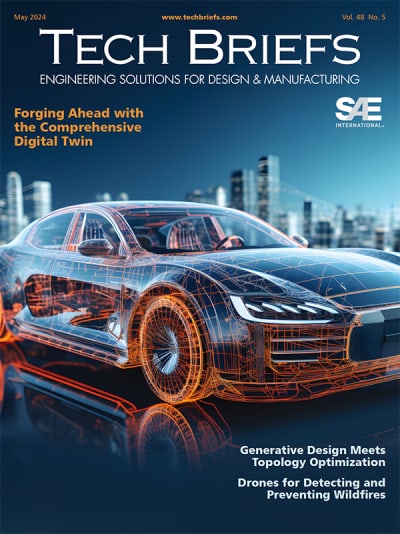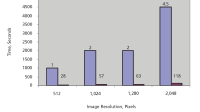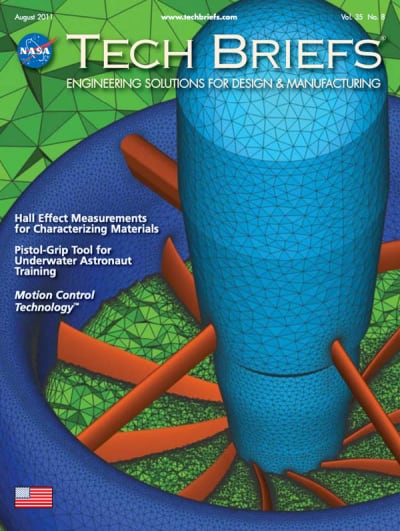The Modified Gerchberg-Saxton (MGS) algorithm is an image-based wavefront-sensing method that can turn any science instrument focal plane into a wavefront sensor. MGS characterizes optical systems by estimating the wavefront errors in the exit pupil using only intensity images of a star or other point source of light. This innovative implementation of MGS significantly accelerates the MGS phase retrieval algorithm by using stream-processing hardware on conventional graphics cards.
Stream processing is a relatively new, yet powerful, paradigm to allow parallel processing of certain applications that apply single instructions to multiple data (SIMD). These stream processors are designed specifically to support large-scale parallel computing on a single graphics chip. Computationally intensive algorithms, such as the Fast Fourier Transform (FFT), are particularly well suited for this computing environment. This high-speed version of MGS exploits commercially available hardware to accomplish the same objective in a fraction of the original time. The exploit involves performing matrix calculations in nVidia graphic cards. The graphical processor unit (GPU) is hardware that is specialized for computationally intensive, highly parallel computation.
From the software perspective, a parallel programming model is used, called CUDA, to transparently scale multicore parallelism in hardware. This technology gives computationally intensive applications access to the processing power of the nVidia GPUs through a C/C++ programming interface. The AAMGS (Accelerated Adaptive MGS) software takes advantage of these advanced technologies, to accelerate the optical phase error characterization. With a single PC that contains four nVidia GTX-280 graphic cards, the new implementation can process four images simultaneously to produce a JWST (James Webb Space Telescope) wavefront measurement 60 times faster than the previous code.
This work was done by Raymond K. Lam, Catherine M. Ohara, Joseph J. Green, Siddarayappa A. Bikkannavar, Scott A. Basinger, David C. Redding, and Fang Shi of Caltech for NASA’s Jet Propulsion Laboratory. For more information, contact
The software used in this innovation is available for commercial licensing. Please contact Daniel Broderick of the California Institute of Technology at








